7 Animals that Live in Burrows
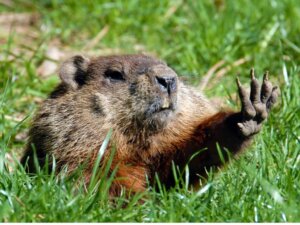

Reviewed and approved by the biologist Samuel Sanchez
Burrows are permanent or transitory places of refuge that serve as a refuge for certain species. There are simple and complex constructions, others that are like tunnels and some that have several levels. All this depends on the environmental conditions, the type of soil, and the ability of the animals to dig.
Burrows are tunnels or holes that some animals dig to live in them or to take refuge for a time. They can start in one place and end in another, and some function as pantries to store food. They’re all amazing and elaborate, and made to fulfill a function. Meet seve7 animals that live in burrows and their way of life.
The importance of burrows
Burrows are essential for many animals, providing protection against predators and extreme temperatures.
Recently – according to National Geographic – a 110-million-year-old dinosaur burrow was discovered in Australia. For this reason, it’s believed that our distant ancestors also dug burrows at opposite ends of the world.
These constructions are very important, as they modify the relief of the earth. They air it, incorporate organic matter into the subsoil, and allow water to seep. Additionally, burrowing animals also provide shelter for other species that don’t dig for themselves.
All of these are valuable environmental components for the conservation of soils and ecosystems. However, burrows can pose a threat to the environment and to agricultural development, according to Inecol. If a burrowing species grows out of control, their burrows can become a problem.
A squirrel community, for example, may have a large population and take over vast sections of land. If this is the case, plant life can be indirectly endangered and large tracts of land left bare, vulnerable to erosion and flooding.
Types of animals that live in burrows
Digging is a skill present in many animals. Some invertebrates, such as clams, crustaceans, sea urchins, spiders, and worms, can burrow. Several amphibians, including species of frogs, are also burrowers. Like some reptiles, there are several snakes that belong to the group of animals that live in burrows.
There are also birds that are burrowers, such as kingfishers, Magellanic penguins, and puffins that build burrows instead of nests.
Mammals are probably the best-known burrowers. Here we have the mole, the ground squirrel and the rabbit. Bears are the largest borrowers; they use shelters such as caves but also burrows made in the ground or in the snow.
7 animals that live in burrows
The types of burrows that exist are unimaginable: there are species that dig in the skin of animals and humans, others in wood, in the sand, and even in rocks. All this diversity is due to the endless surfaces that exist and the many animals with the ability to dig. Within this great repertoire, here you can meet 7 animals that live in burrows.
1. The social marmots (Marmota marmota)
Groundhogs are exceptional diggers and their burrows are quite large. An average groundhog is estimated to move 1 cubic meter of soil when digging a burrow, which in turn can have up to 14 meters (45 feet) of tunnels underground.
In addition, the specimens get on well with other marmots and they have burrows in the same area. These constructions help them to be isolated from the cold of winter.
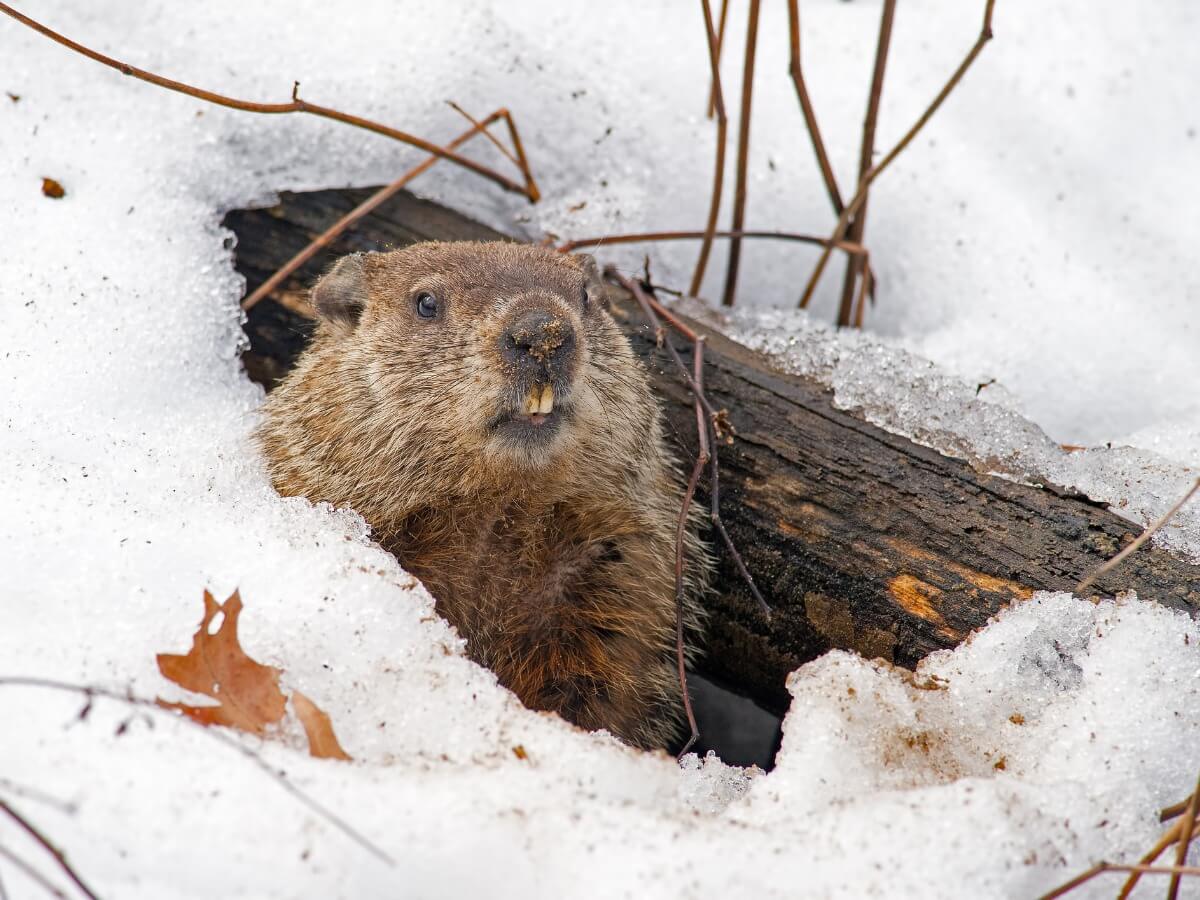
2. Termites and their colonies
Termites were the first on earth to form colonies organized into castes — queen, king, soldiers, and workers. In addition, their underground burrows can be up to more than 100 meters (330 feet) in diameter.
Termites are xylophagous invertebrates, which means that they feed primarily on wood, including fallen trees or even living specimens. Termites can be a nuisance in homes if they get into furniture, however they help recycle nutrients by breaking down organic matter in soils.

3. Beavers and their elaborate burrows (Castor canadensis)
These animals create unusual burrows, building huts out of tree branches and mud on the banks of streams or ponds. After constructing the surface part, they begin to build the underground burrows under it.
All buildings have underwater entrances, and, when winter comes, the mud on top of the burrow freezes over, becoming almost hard enough to keep predators out. Most beaver huts have two rooms. The first is used to dry themselves and the second – warm and dry – is where the family lives.
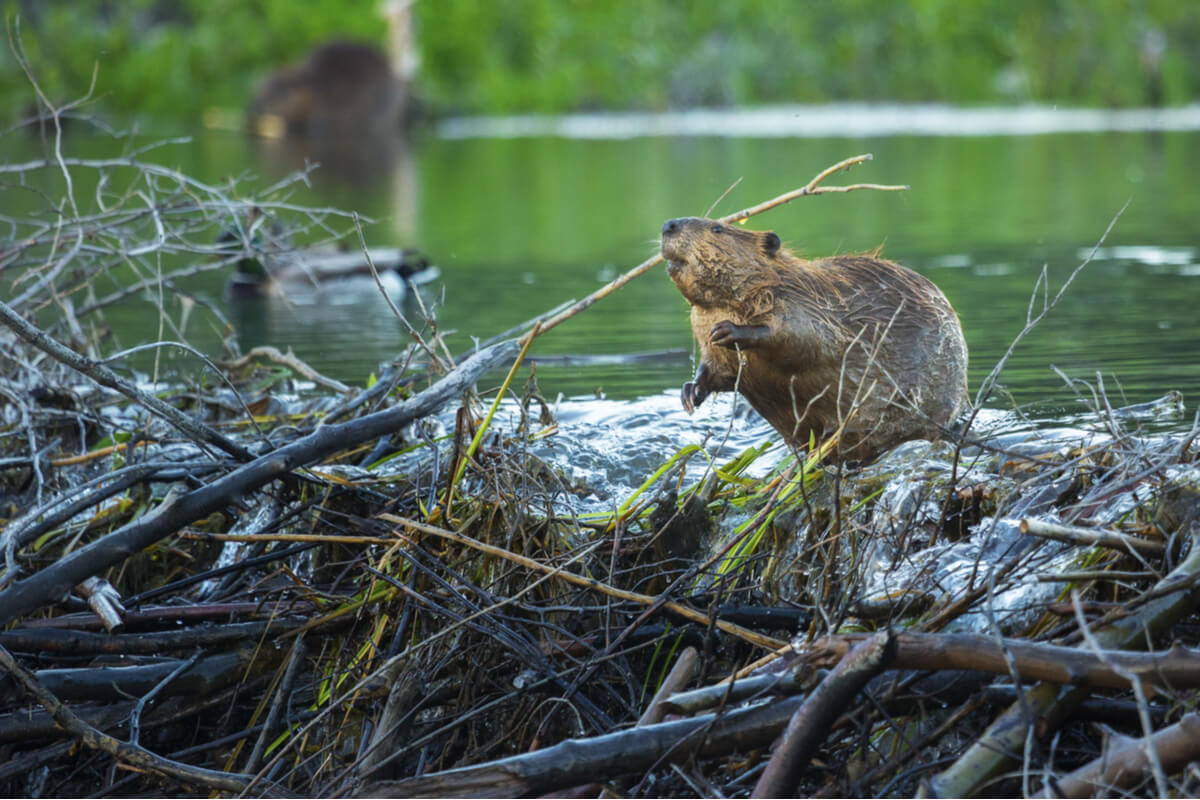
4. The kingfisher (Alcedo atthis)
This bird, instead of occupying nests, lives in burrows. Its blue and orange colors make it a very attractive bird to look at. Experts say that this winged animal is found in Europe, North Africa, and in many places in Asia.
The kingfisher lives on the banks of rivers, in a horizontal burrow that can be up to 1 meter (3 feet) long. This also has a wide room at the bottom, where the female lays her eggs.
The burrow is built close to where the bird gets its food – in rivers. Although it isn’t that well equipped for the water, it launches itself from a branch and catches the fish with great precision.
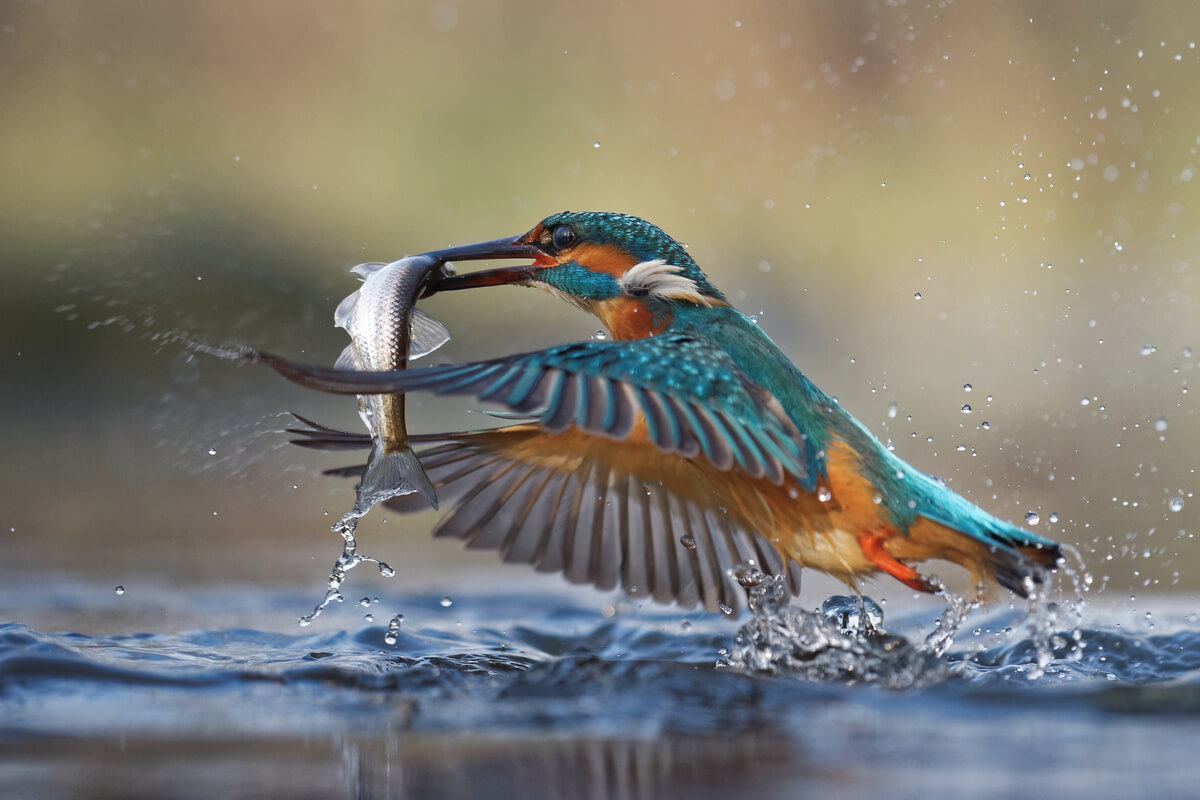
5. Meerkats and their coexistence (Suricata suricatta)
As mentioned above, some animals use burrows made by others. Meerkats are a clear example of this time-saving method.
A colony of these mammals has an average of 20 to 30 members and they often use burrows dug by ground squirrels or mongooses. Meerkats don’t compete with these species for resources and sometimes even share space with them.
A meerkat burrow can have up to 90 entrances and be 2 meters (7 feet) deep. During the day, they leave home to find food or play. Meanwhile, one or more adult members of the gang watch for predators.
When the sentries encounter a threat, they emit a warning bark and all the other meerkats run to hide in the burrow, through one of the many holes that it has.
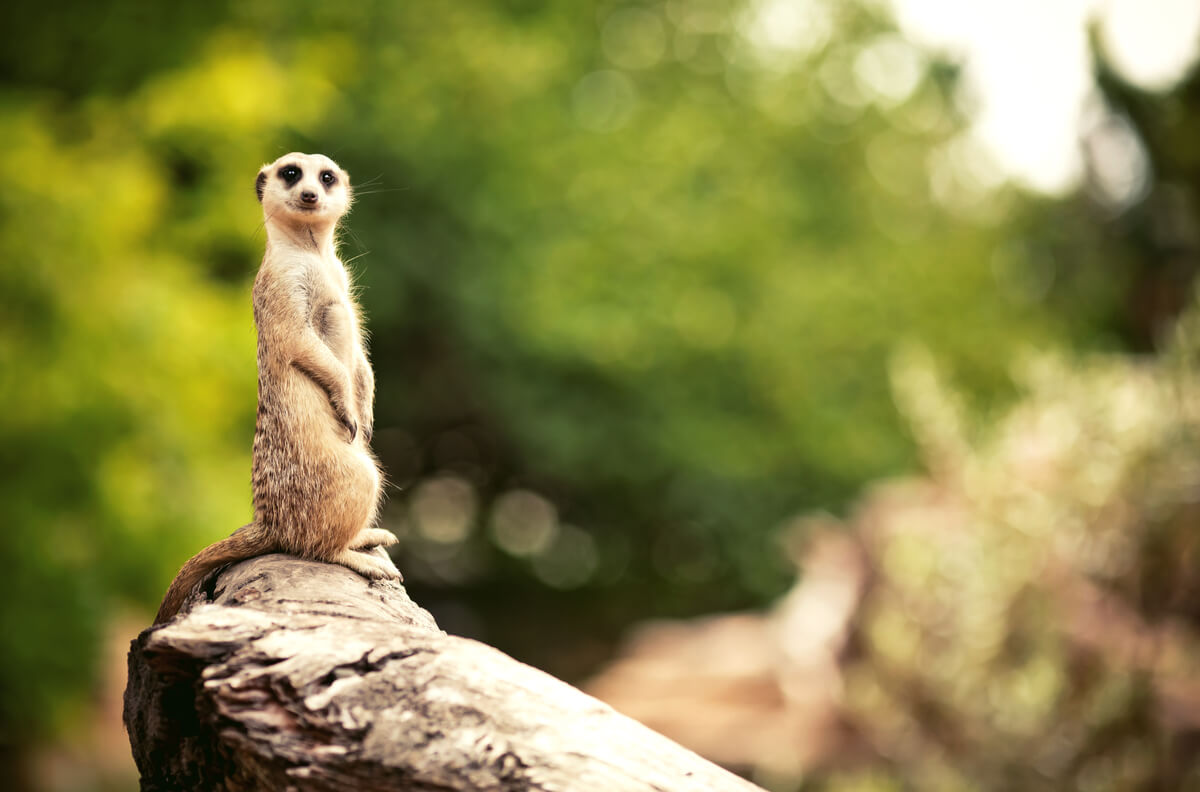
6. The hardworking ants
Ants are everywhere and there are so many species. Almost all of them create colonies and homes generally underground, composed of several rooms connected by tunnels.
Ants are famous for being hard-working and proof of this is that their burrows are built exclusively by them. Its colony revolves around the function of the different rooms, as there are some that serve as nurseries, others are for storing food and there are even specific ones for mating, says Wildlife Burrows.
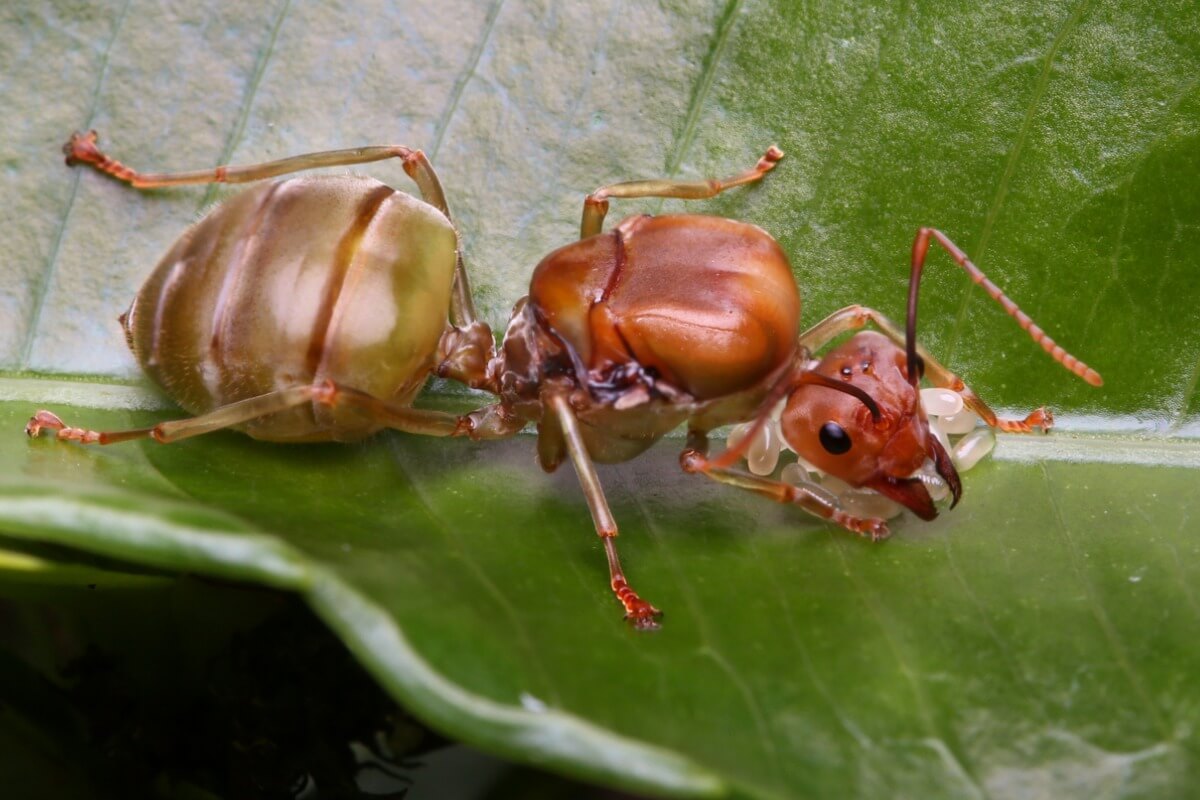
7. Black-tailed prairie dogs (Cynomys ludovicianus)
Prairie dogs are native to the Great Plains of North America, where they create huge networks of burrows, some of which span more than 64,000 square kilometers. Each of these formations contains around 400,000 prairie dogs.
These mammals prefer to dig their burrows in places with short grass, such as where livestock live. Unfortunately, this endangers the cattle, who can get injured and attract predators, who come exclusively to hunt the young.
However, the prairie dog’s diet – primarily grasses – encourages the growth of herbs such as sunflowers and clovers. The abundance of grasses attracts animals such as bison, which provides a more nutrient-dense forage for livestock.
In the 20th century, ranchers used poisons and hunting techniques to eradicate prairie dogs. The few communities that exist today are mainly in conservation areas and national parks.
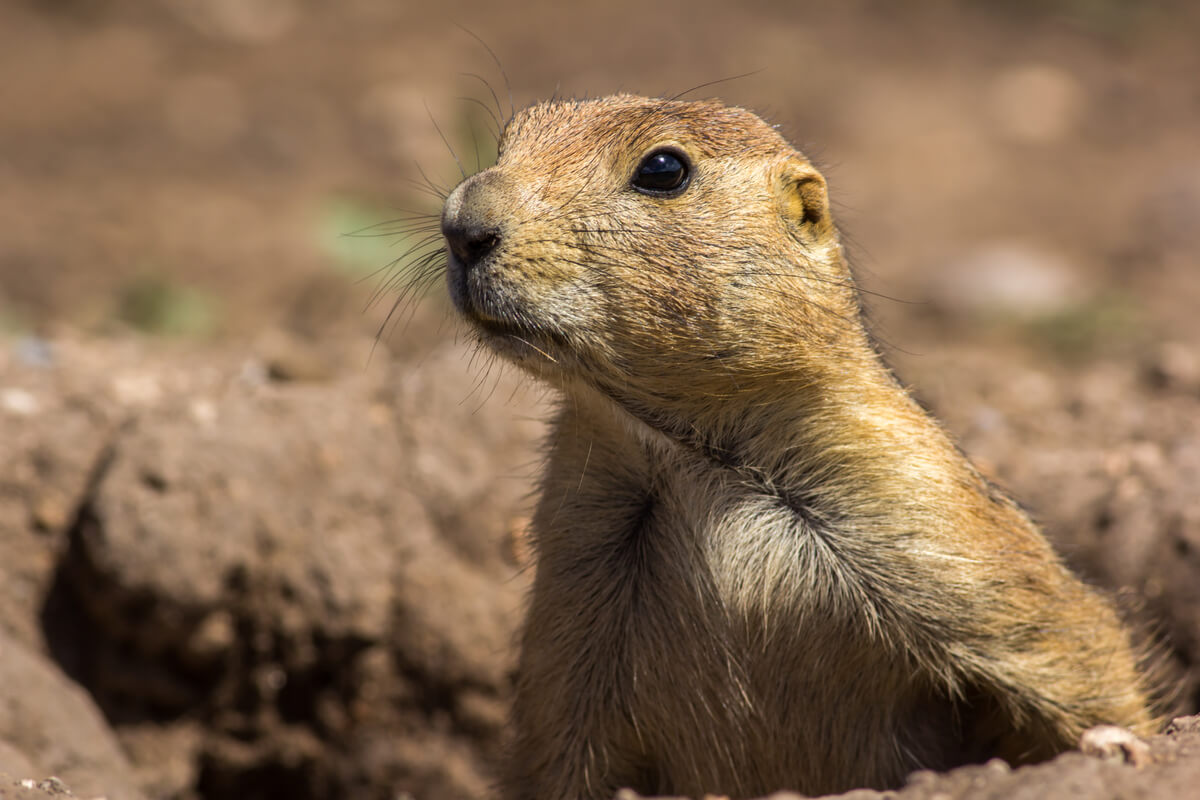
In addition to these seven animals that live in burrows that we’ve spoken about in this article, there are many others. All of them are representatives of very diverse species, using burrows for different functions, and not just for living.
All cited sources were thoroughly reviewed by our team to ensure their quality, reliability, currency, and validity. The bibliography of this article was considered reliable and of academic or scientific accuracy.
Aguilera, D. “Insectopedia”, -:Amanuta, 2018. Consultado en línea en la Biblioteca Digital de Bogotá (https://www.bibliotecadigitaldebogota.gov.co/resources/2925856/), el día 2021-05-07.
Animalandia. (s. f.). Martín pescador común | Animalandia. Recuperado 3 de junio de 2021, de https://animalandia.educa.madrid.org/ficha.php?id=1466
González, A. (s. f.). Diversidad y madrigueras de roedores. Inecol. Recuperado 3 de junio de 2021, de https://www.inecol.mx/inecol/index.php/es/ct-menu-item-25/ct-menu-item-27/17-ciencia-hoy/1092-diversidad-y-madrigueras-de-roedores
National Geographic Society. (2012, 9 octubre). Burrow. https://www.nationalgeographic.org/encyclopedia/burrow/
Wildlife Burrrows. (s. f.). Background. Recuperado 3 de junio de 2021, de https://www.nwf.org/~/media/PDFs/Be%20Out%20There/National-Wildlife-Week/2011/Wildlife-Burrows-6-12.pdf
This text is provided for informational purposes only and does not replace consultation with a professional. If in doubt, consult your specialist.